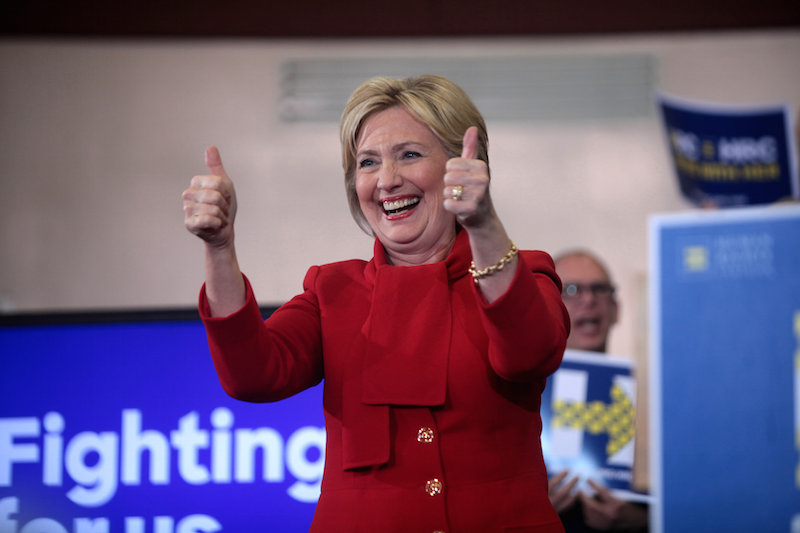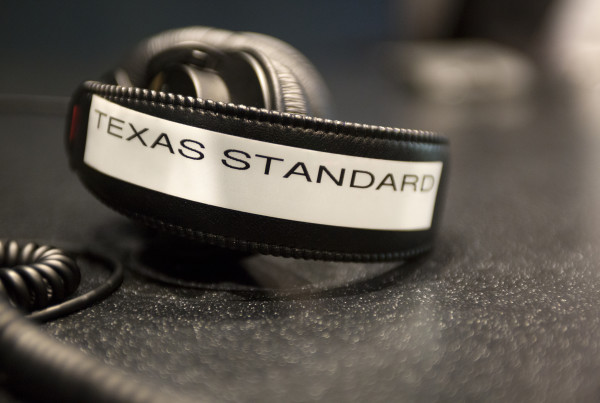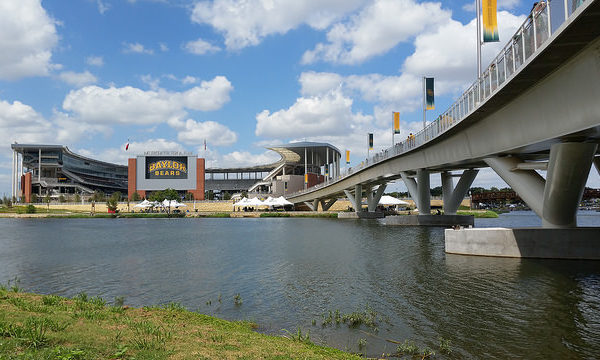Last night, the phrase First Lady was redefined – by Hillary Rodham Clinton, the first woman to be the presidential nominee of a major party in the U.S.
Her historic nomination brings to mind the many who came before her, chipping away at the gender disparity in American politics. Among those trailblazers are some prominent Texans:
Former Gov. Ann Richards, keynote at the Democratic National Convention (DNC) in 1988 before she was elected governor in 1990.
And there’s former Congresswoman Barbara Jordan, DNC keynote speaker in 1976.
Annise Parker of Houston, Ivy Taylor of San Antonio, Kay Bailey Hutchison, Wendy Davis, and many more join them.
Women make up more than half the state, but they remain overwhelmingly underrepresented in the Texas political power structure.
Debbie Walsh, director the Center for American Women and Politics at Rutgers University, says Texas ranks 37th in the nation on the percentage of women that make up a state legislature.
“It’s always surprising to us as we look at Texas, because you do have some of the most iconic women in American politics,” Parker says. “It’s a very amazing group of women out of Texas. But yet, at the state legislative level, we really have seen a struggle to rise up even into the top half of the country.”
Of the 181 representatives in the state, only 36 are women. Nationally, 24 to 25 percent of state legislatures are made up of women. In Texas it’s 19.9 percent.
“In the last two decades we have seen some real stagnation nationally in the percentage of women serving in state legislatures,” Parker says. “But what we’ve seen in that stagnation is also a kind of commensurate stagnation in the number of women running.”
Part of the challenge is the recruitment process, Parker says.
“The recruitment process,in many ways, needs to change,” she says. “Those gatekeepers who make the decisions about who runs and who doesn’t run – who is groomed for office – often times the people who are making those choices and those decisions are men.”
While men are more likely to run of their own accord, Parker says women who serve in state legislatures have told her research team that they were more likely to run the first time because they had been recruited. Recruiting female candidates demands that recruitment gatekeepers think outside the box, Parker says.
Another challenge, which can cut both ways, is the gender stereotypes surrounding female politicians.
“Women are perceived as being more honest, more transparent in the way they conduct themselves in politics,” Parker says. “But there are also gender stereotypes that play against them. There’s this incredible pressure about image and look that I think male politicians don’t have. I think that when women assert themselves in a strong way, they are still seen as shrill and screaming.”
Prepared for web by Beth Cortez-Neavel.















